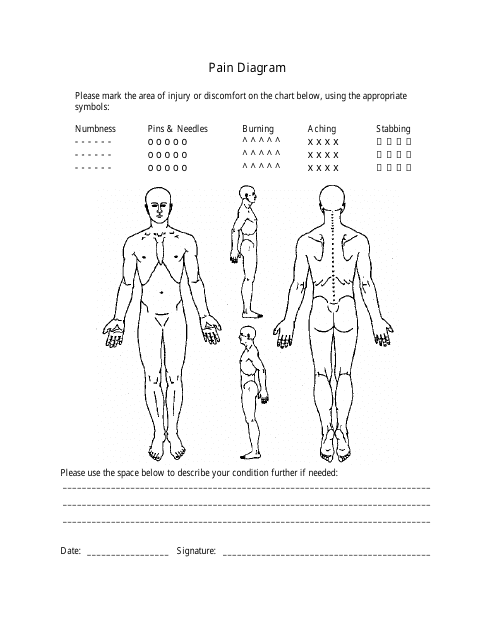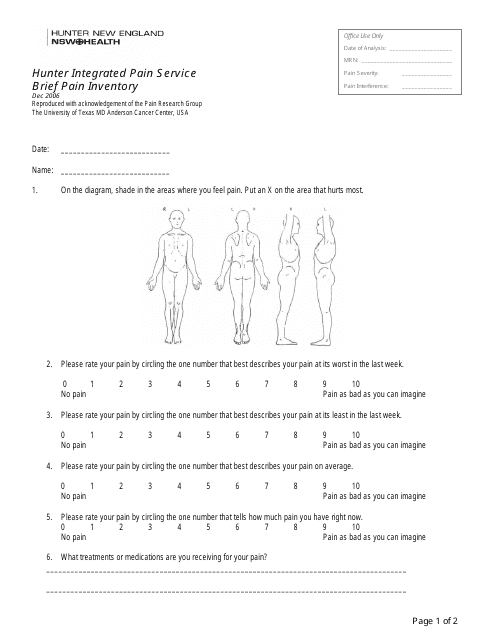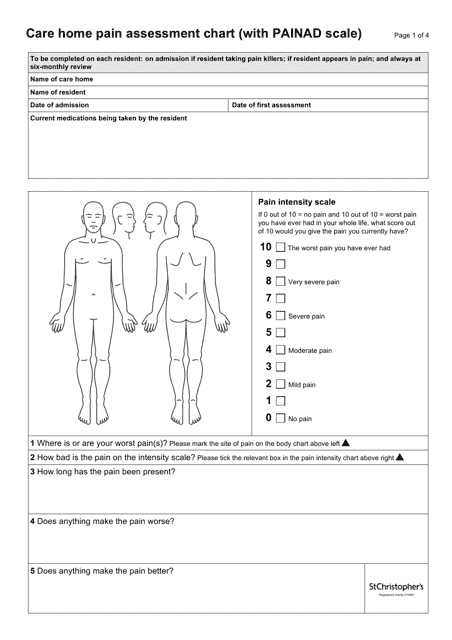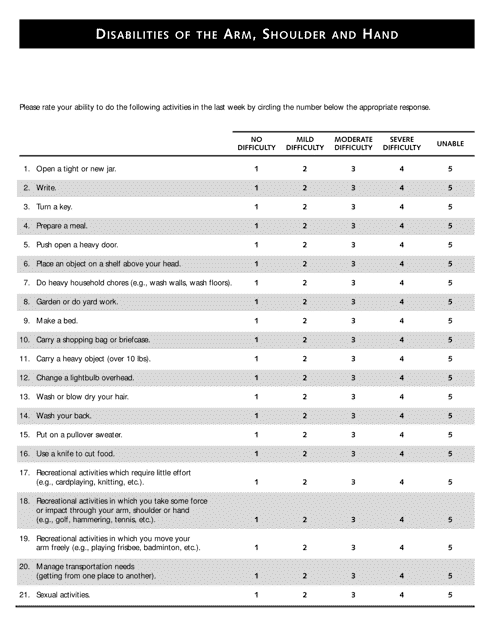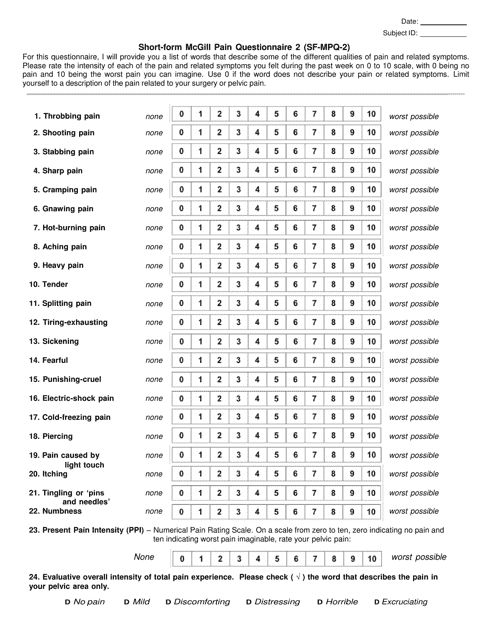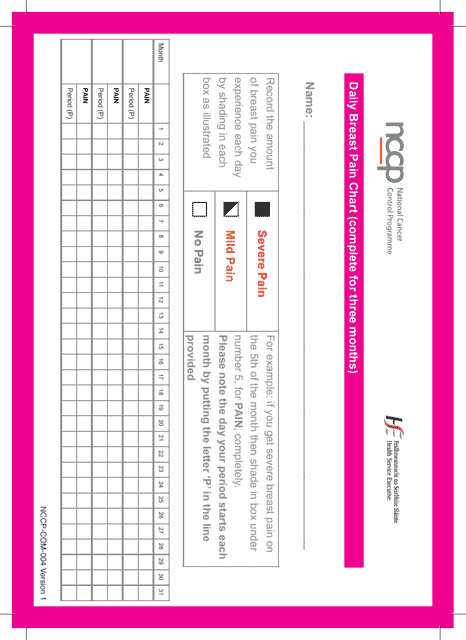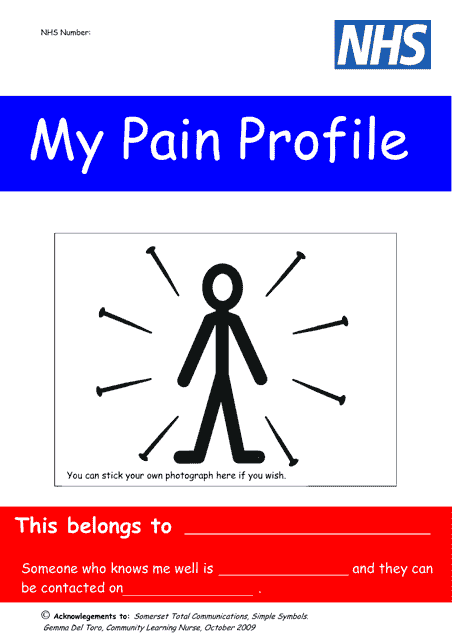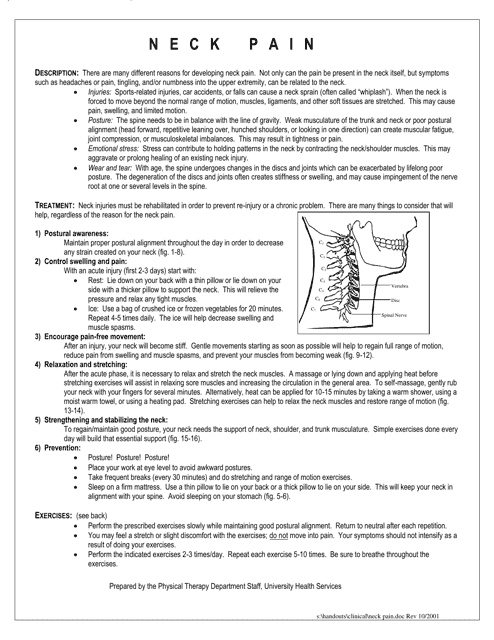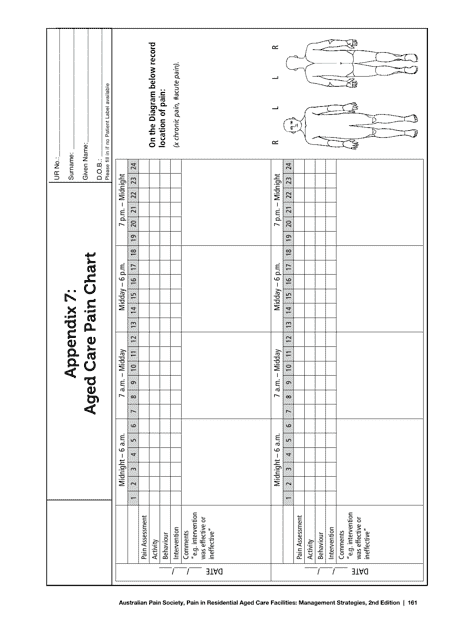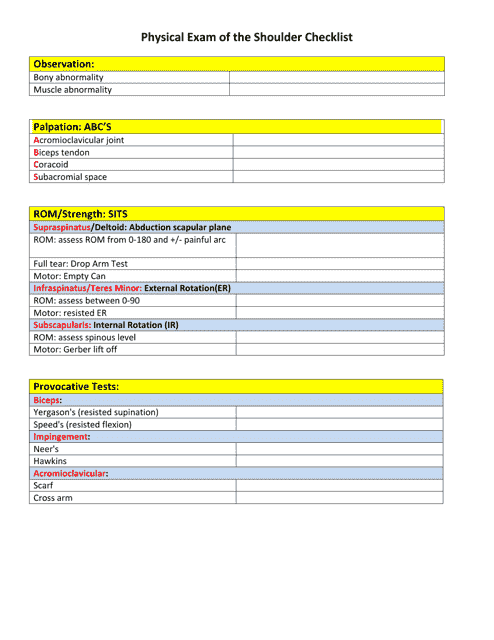Free Pain Location Chart Templates
Pain Location Chart: What Is It?
A Pain Location Chart is a general term for various charts that can help locate the pain in a specific part of the body. By determining the specific location of the pain, this can actually help in the diagnosis process as it is often an indicator of the original source of the pain.
Alternate Name:
- Pain Location Diagram.
Through a series of questions and physical examination of the painful area, doctors can get to the root cause of the pain much quicker by ruling out certain possibilities. It is important to note that the possible causes are just theories and they should not be treated as a definite diagnosis. Based on the assumptions, a doctor will request specific tests and scans which will confirm or eliminate the theories that a doctor has.
It is also particularly useful when dealing with young children who may struggle to give a concrete explanation as to where they are experiencing pain. Through a series of pictures and charts, a doctor can show the child and gain more information about the painful areas.
For a full list of Pain Location Chart templates please feel free to check out our library below.
Pain Location Chart Types
- A Body Pain Chart is used to determine specific parts of the body where an individual can be experiencing pain. By localizing the initial area, doctors can help track the spread of pain and understand more about diagnosis;
- A Back Pain Chart shows the various parts of the back, in particular the lower back where pain often occurs. In addition, back muscles and other body parts such as the legs are included as back pain can cause limitations in walking or painful sensations in the legs;
- A Headache Pain Chart will tell you the likely cause of a headache as this is dependent upon the location of the pain;
- A Piercing Pain Chart outlines all of the areas of the body where it is possible to get a piercing and describes the relative pain that can be experienced;
- A Hand Pain Chart can help to determine which part of the hand is in pain and the likely cause of the pain;
- A Tattoo Pain Chart will show the various parts of the body and the pain that an individual might expect to feel if they get a tattoo in a specific part of the body;
- A Foot Pain Chart is a way to determine the cause of pain in the foot or ankle which leads to quicker diagnosis and treatment;
- A Knee Pain Location Chart breaks the knee up into various sections to determine the location and possible causes for various forms of knee pain;
- A Shoulder Pain Diagnosis Chart looks at some of the typical regions an individual can experience pain in the shoulder and lists possible causes;
- An Abdominal Pain Chart divides the stomach into four sections to determine where exactly a person is experiencing pain which will help in diagnosis.
Haven't found the template you're looking for? Take a look at the related templates below:
Documents:
104
This document provides a diagram and rating sheet for evaluating and tracking body pain. It can help you identify and assess the intensity or severity of different types of pain throughout your body.
This template is used to create a pain chart for tracking and recording levels of pain.
This document provides a visual template of the human body, specifically highlighting areas where individuals may experience pain. It can be used for medical purposes, such as documenting and tracking pain symptoms.
This document is a body pain diagram template that helps individuals identify and visualize areas of pain or discomfort in their body. It can be used to track and communicate symptoms to healthcare professionals.
This document is a template for assessing pain levels using the Brief Pain Inventory. It is used by the Hunter Integrated Pain Service to gather information about a patient's pain experience.
This Form is used for collecting information about a patient's daily habits as part of the intake process.
This template provides a visual representation of the body that can be used to track and document different types of body pain. It is useful for individuals who want to keep a record of their pain symptoms and location for reference or consultation with healthcare professionals.
This document is a pain assessment chart specifically designed for care homes, incorporating the Painad Scale. The chart helps caregivers to monitor and assess the level of pain experienced by residents in care homes. It provides a systematic approach to pain assessment and helps ensure appropriate interventions are implemented for residents' comfort and well-being.
This document is a headache chart or migraine diary used to track and record information about migraines, such as frequency, duration, triggers, and symptoms.
This document provides a headache chart that includes a severity scale, common headache triggers, and relief measures. It helps individuals track their headaches and find effective ways to manage them.
This document provides an assessment tool for evaluating the disabilities of the arm, shoulder, and hand. The assessment tool is commonly referred to as the Dash Assessment Tool and is used by healthcare professionals to evaluate and measure the level of impairment in these areas.
This document is a tool used to assess shoulder pain and disability in individuals. It helps evaluate the impact of shoulder pain on daily activities and functioning.
This document is a questionnaire used to assess pain levels and the impact of pain on daily activities.
This document is a short-form questionnaire used at McGill University to assess the intensity and quality of pain experienced by an individual. It helps to understand and evaluate the personal experience of pain from a patient's perspective.
This document is a daily breast pain chart that allows individuals to track and record their breast pain on a daily basis. It can help identify patterns and provide useful information for healthcare professionals.
This document is a pain diary provided by NPS MedicineWise. It is used for recording and tracking pain levels over a specific period of time.
This document provides a chart to help track and classify different types of headaches for better understanding and management.
This document is a symptom chart used to help diagnose acute knee pain. It provides a visual representation of different symptoms and the possible causes of knee pain.
This document is a pain chart used by Advanced Physical Medicine to help assess and monitor pain levels in patients.
This document is a pain trigger points chart created by Enovative Technologies, LLC. It provides information on specific points on the body that can trigger pain and discomfort.
This document is a visual representation of the human body. It is commonly used in medical and health fields to document physical examinations, pinpoint pain or injury locations, and facilitate understanding of human anatomy.
This document provides a consumer's guide for managing back pain, created by the Musculoskeletal Health Network under the Department of Health in Western Australia, Australia. It offers valuable information and tips for individuals seeking to effectively manage and find relief from back pain.
This document provides a symptom chart for chronic knee pain using Prizm technology.
This document is a checklist for watchful waiting for back or neck symptoms. It helps track and monitor symptoms for better understanding and treatment.
This document provides a chart that lists the different symptoms associated with back pain. It is used by the South Carolina Spine Center to help patients identify their specific symptoms.
This document is a patient profile used by the NHS (National Health Service) in the UK. It contains important information about a patient's medical history, current medications, allergies, and contact details.
This form is used for assessing and monitoring your own pain levels. It helps you to track and understand the intensity and severity of your pain.
This document is a pain questionnaire developed by Ronald Melzack at McGill University. It is used to assess and measure the intensity and quality of pain experienced by individuals.
This document provides a sheet of exercises specifically designed to help relieve neck pain. These exercises can be followed to improve neck strength and flexibility, and potentially reduce discomfort.
This document is for recording and mapping the location and intensity of pain experienced by an individual. It is often used in medical settings to track and communicate pain symptoms.
This document provides information on different pediatric pain scales used to assess and measure pain levels in children. It includes descriptions of the various scales and how they are used by healthcare professionals to evaluate and manage pain in pediatric patients.
This document provides a visual representation of different levels of pain on a chart. It helps individuals communicate and track their pain levels with healthcare professionals.
This document provides a pain scale that is specifically designed for measuring pain in individuals with dementia who are unable to communicate verbally.
This document describes the Mankoski Pain Scale, a tool used to measure and communicate pain levels.
This document provides information and exercises to help with neck pain. It includes tips for managing and relieving neck pain and a series of exercises specifically designed to strengthen and stretch the neck muscles.
This chart is used in aged care settings to track and assess pain levels in elderly individuals.
This document provides a sheet of exercises specifically designed to help alleviate hip pain. It includes step-by-step instructions and illustrations for performing each exercise.
This document provides a sheet of exercises specifically designed to help alleviate shoulder pain. These exercises can be performed at home and may help improve flexibility and strength in the shoulder.
This document is a checklist used by healthcare professionals to perform a thorough examination of the shoulder joint. It is designed to ensure all relevant aspects of the shoulder are evaluated, including range of motion, strength, and specific tests for possible injuries or conditions.
This document provides a chart that helps identify common symptoms and their possible causes.



